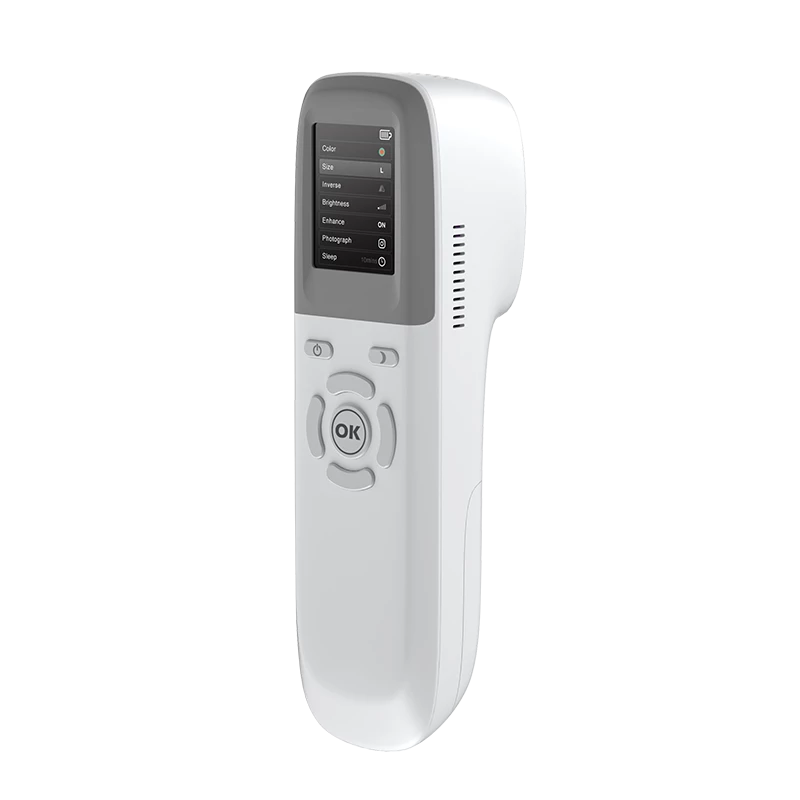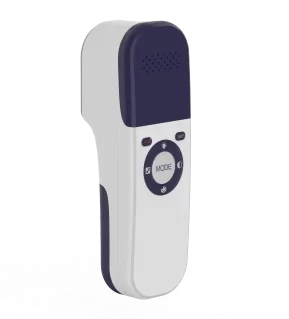Table of Contents
Vein finders are essential tools for medical professionals, particularly in challenging clinical environments where locating veins for injections or blood draws is difficult. When selecting the best vein finder, several factors come into play. Here, we’ll discuss key considerations such as noise levels, image clarity, real-time imaging, and other critical features that directly impact performance.
Noise Levels and Signal Interference
Noise refers to the unwanted signals or distortions that can affect the accuracy and clarity of the vein finder’s readings. The best vein finders minimize or eliminate noise by using advanced signal processing techniques. Excessive noise can lead to false positives or hinder the visibility of veins, especially in patients with deep or hard-to-locate veins.
What to Look For:
Low Signal-to-Noise Ratio (SNR): A higher SNR ensures that the vein finder produces clearer, more accurate images, reducing the likelihood of misidentifying veins.
Adaptive Noise Filtering: Some advanced devices offer adaptive noise reduction, automatically adjusting to optimize image clarity in varying environments.
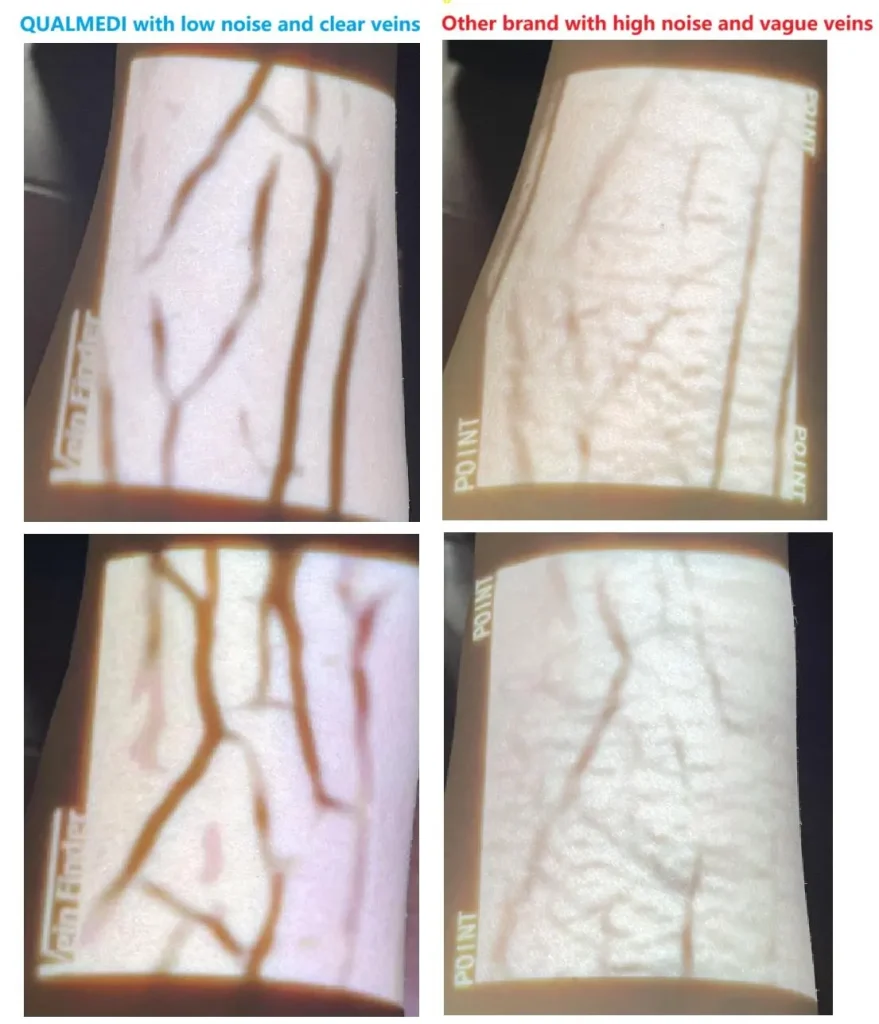
Impact on Image Clarity
Clear, high-quality images are critical for accurately identifying veins. Several factors influence the clarity of the images, including the resolution, contrast, and type of imaging technology used.
What to Look For:
Resolution and Display: Choose a vein finder with a high-resolution display to ensure detailed and precise visualization of veins. A larger, well-lit screen is often preferable, especially in low-light conditions.
Contrast and Depth: Devices that offer high contrast between veins and surrounding tissues improve vein visibility. Additionally, depth perception is important for locating veins beneath the skin’s surface.
Imaging Technology: Infrared (IR), near-infrared (NIR), and laser technologies are common in vein finders. The best devices use advanced NIR imaging, which works well for both shallow and deep veins.
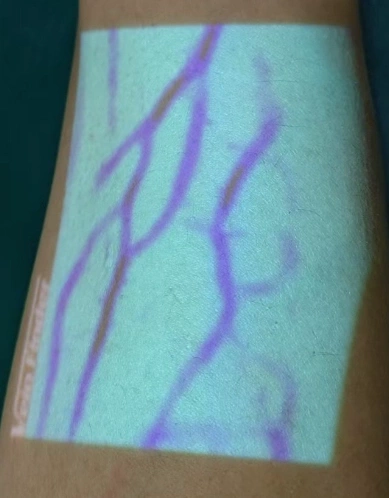
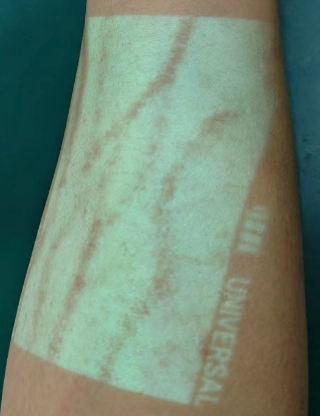
Real-Time Imaging Capabilities
Real-time imaging is a significant advantage when choosing a vein finder. It allows healthcare providers to make immediate decisions and accurately guide their procedures, minimizing patient discomfort and improving success rates.
What to Look For:
Live Display: Look for a device that provides real-time visualization, with minimal lag or delay. This feature is crucial during procedures like IV insertion where rapid adjustments are often needed.
Tracking and Feedback: Some high-end vein finders come with real-time tracking, allowing clinicians to see the position of the needle in relation to the vein and providing feedback for accurate placement.
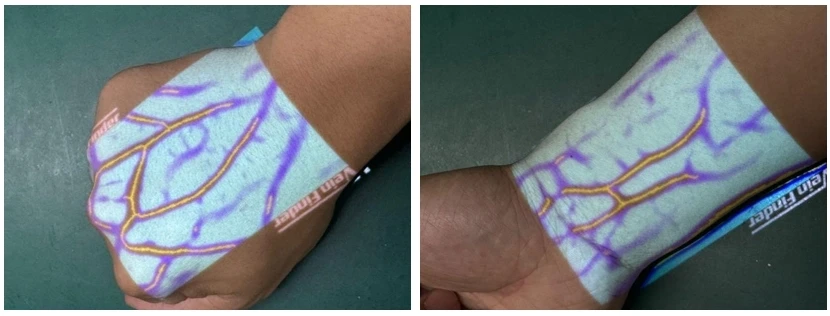
Ease of Use and Portability
User-friendliness is essential for vein finders, especially for staff who may not be familiar with the technology. The device should be intuitive and easy to handle, ensuring smooth operation even under pressure.
What to Look For:
User Interface: Simple controls and a clear display layout reduce the learning curve. Touchscreen interfaces and customizable settings can enhance the experience.
Ergonomic Design: A lightweight, portable design is ideal, especially in emergency or field settings. The device should be easy to hold for extended periods and have a battery life that supports prolonged use.
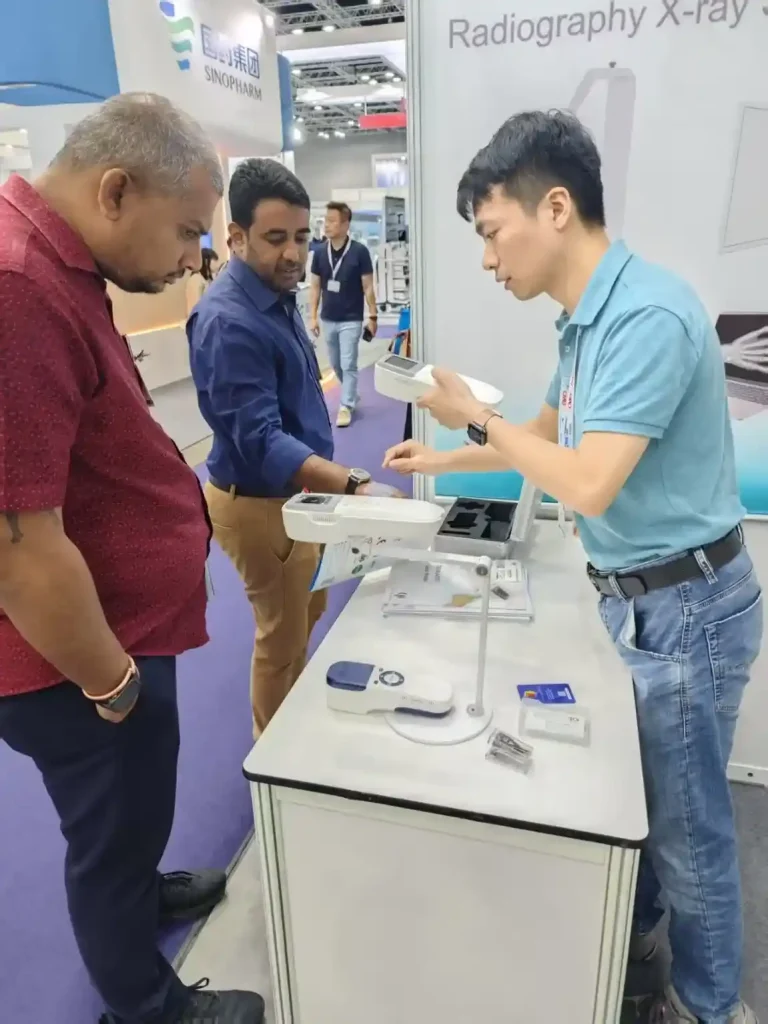
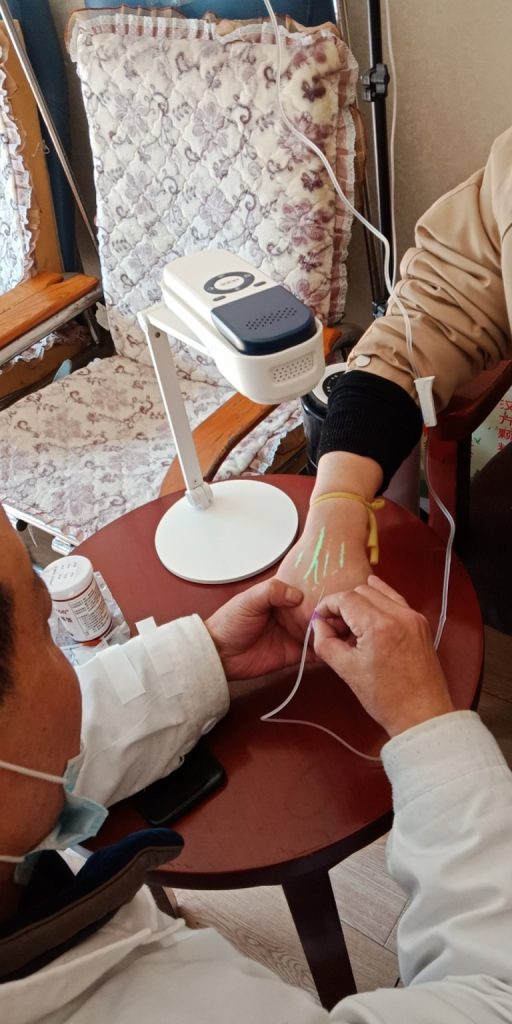
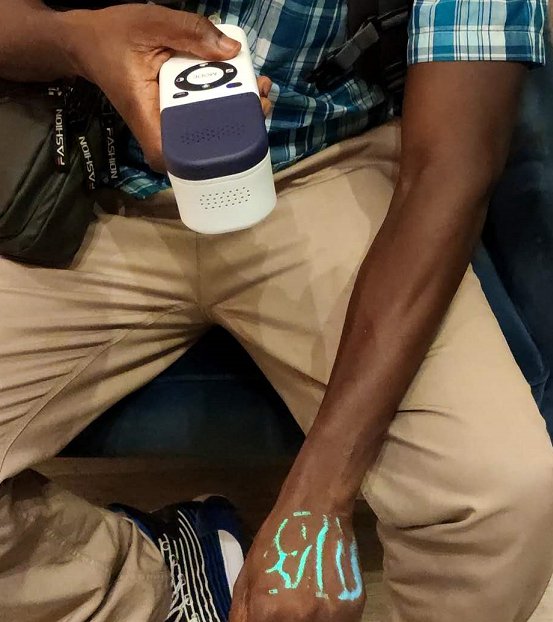
Additional Features for Enhanced Performance
While the core functionalities are critical, other added features can provide extra convenience and enhance the device’s overall effectiveness.
What to Look For:
Adjustable Brightness and Sensitivity: Some devices allow users to adjust the brightness of the display and sensitivity to suit different skin tones or lighting conditions.
Multi-Vein Detection: Advanced models can detect multiple veins at once, helping the user to choose the best vein for the procedure.
Built-in Alerts: Some models include audible or visual alerts to indicate when a vein has been located, reducing the risk of human error.
Conclusion
Choosing the best vein finder depends largely on your specific needs. Whether you prioritize noise reduction, image clarity, real-time imaging, or ease of use, the ideal vein finder will balance these features to provide accurate, efficient, and safe outcomes. Evaluate devices carefully based on your clinical environment and patient demographics to ensure you invest in the right tool for your practice.
About Qualmedi
Qualmedi vein finder fully considers issues such as noise, image clarity, battery life, and portability, and is committed to providing users with the most comprehensive vein finder solution.
Enhanced Detection Depth: Supports 0-10mm depth, superior to competitors’ 0-8mm, suitable for detecting deeper or obese patients’ veins.
Rich Color and Brightness: Offers 12 color levels and 6 brightness levels, providing precise imaging for different skin tones and vascular conditions.
Intelligent Assistance Features:
Hair Removal Mode: Reduces hair interference, improving success rates for punctures in hairier areas.
Mixed Color Mode: Enhances vessel and tissue contrast, offering unmatched image customization capabilities.
Guideline Mode: Helps operators, especially beginners, accurately target veins, improving puncture accuracy.
Powerful System and Battery Life:
Equipped with a 4900mAh battery, supporting 3.5 hours of work, surpassing competitors.
Supports 14 system languages, ideal for global markets.
Wide Spectrum Infrared Technology: Utilizes a 760-940nm wavelength, adapting to veins at various depths for clearer imaging.
